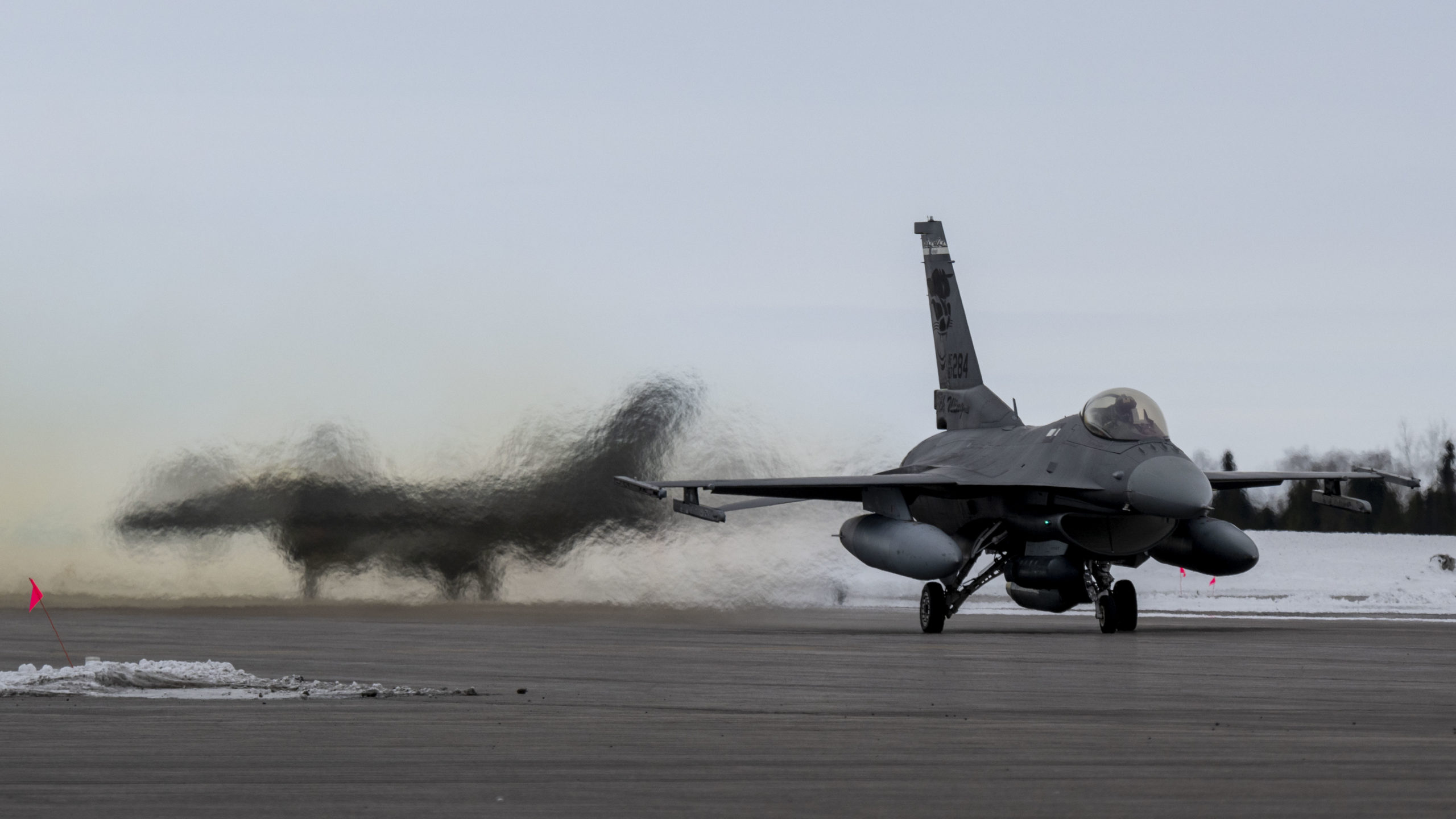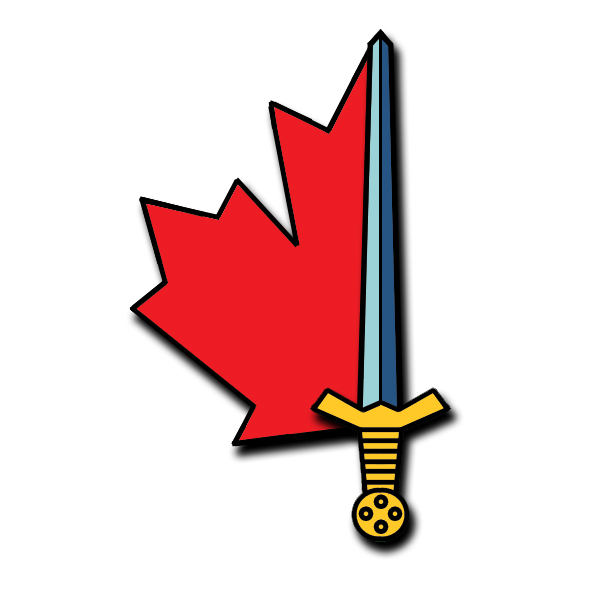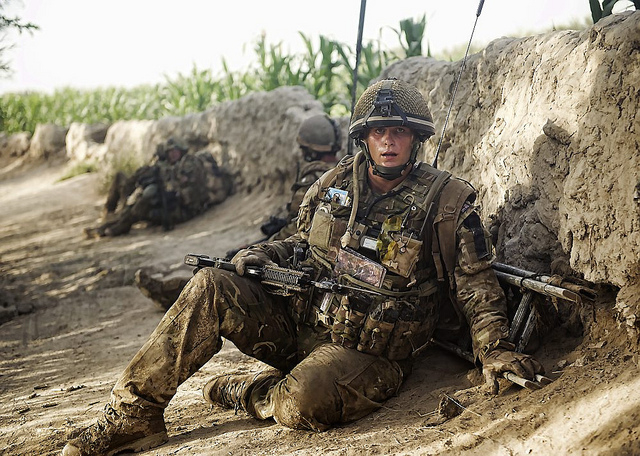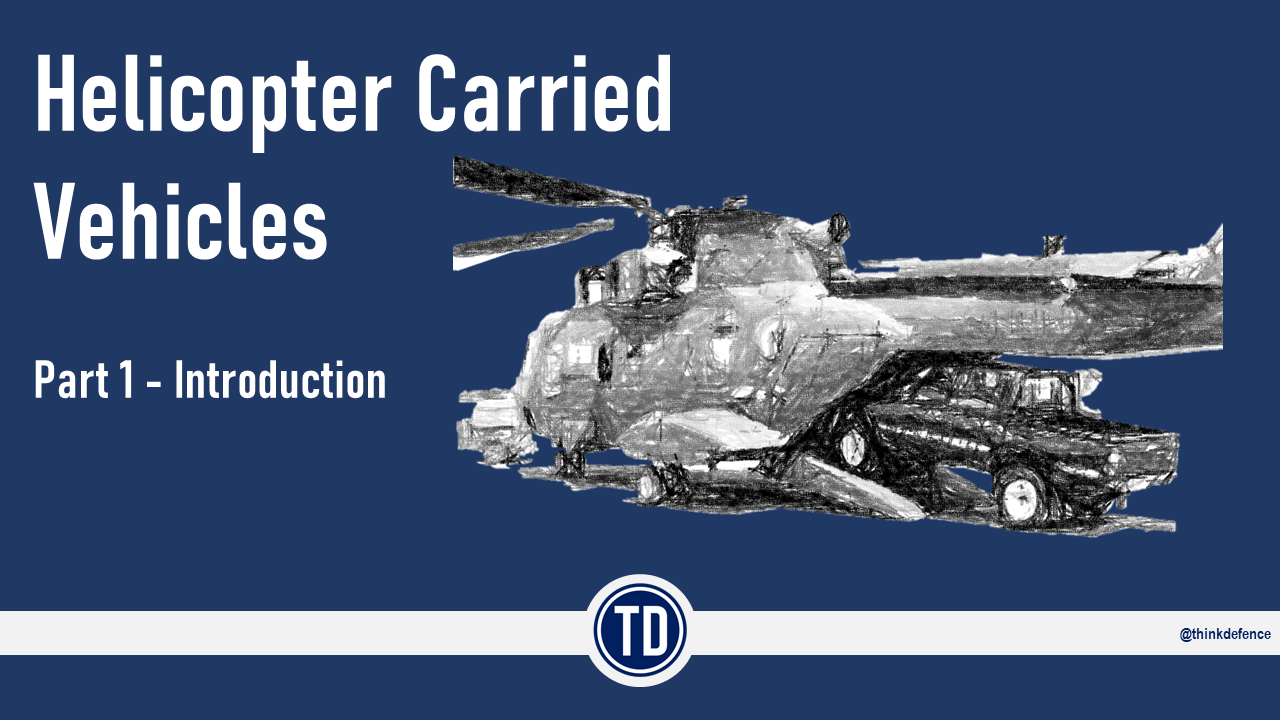- Reaction score
- 7,336
- Points
- 1,160
Sorry for having missed your original post and thanks for the repost. And we agree that we are not matching them... and have got a long way to go to catch up.I've posted this before but I'll do it again. The Congressional Budget Office periodically publishes a Primer for the members of Congress as to the basics behind the US Military and some of the cost factors involved in operating them. It shows some very granular visuals of what the component parts are. For the Army, the structures of the three BCTs start at page 17.
In answer to your question Kirkhill: No! We are not matching them. In the beginning as we started our turn of the century Army Transformation processes we were designing something similar to the Interim Brigade Combat Team (which would become the Stryker BCT).
We were close albeit our structure had several deficiencies principally lack of artillery, lack of mortars, an eventual lack of direct fire systems (albeit we serendipitously rectified that in part with Leo 2s), lack of ATGMs, and a lack of the divisional level and above enablers (rockets, more artillery, air defence, sustainment and mobility enablers, ABCT follow up forces etc)

Having said that the fastest route to catching up within the Force 2025 construct is the acquisition of man portable weapons that can be carried by both LAV battalions and Light battalions.
Sorting out the artillery, and SPHs and SHORADs and Cavalry and ISR and Reserve integration is probably unlikely before 2030.
From your CBO report
The US Army maintains 60 Brigade Combat Teams of which 32 are Active Federal Forces and 28 are held by State National Guards.
Of the 32 Active BCTs 12 are Armored with Abrams and Bradley's, (38% ABCT), 7 are Stryker-borne infantry (22% SBCT) and 13 are other, lighter, infantry (40% IBCT).
Of the 28 state National Guard BCTs fully 21 of them are light infantry of various types (75% IBCT). There are only 2 Stryker Brigades (7% SBCT) and 5 Armored Brigades (18% ABCT).
So, the first thing I could note is that both the Federal Army and the state National Guards skew towards the light end of the spectrum. This is especially true if the Stryker BCTs are seen as motorized light infantry that can operate with or without their Strykers.
The Federal Army is 40% Light and 22% Stryker-Light or 62% infantry.
The State National Guards are 75% Light and 7% Stryker-Light or 82% Infantry.
Combined the federalized US Army is 57 % Light and 15% Stryker-Light or 72% Infantry.
The Heavy army, the 17 ABCTs, constitute 28% of the federalized Army with 12 of them, or 71% of the Armored force being operated by the Active Army. Only 5, or 29% of the Armored force is held by the National Guards. That is 5/28ths of the National Guard, or 18%. It is 5/60ths of the US Army when federalized, or 8%.
Infantry BCTs require 4560 PYs to man fully. They eat up 15,910 PYs to man and support.
Stryker BCTs only require an additional 120 direct PYs (4680) to man. On the other hand they require a total of 16,670 PYs to man and support them.
Armored BCTs have the lowest direct manning requirements (4040). Their total manpower requirements fall between the IBCTs and SBCTs at 16,330.
On the other hand the National Guard and Reserves seem well suited to Artillery Brigades and to Aviation Brigades - helicopters being particularly useful in DomOps.








